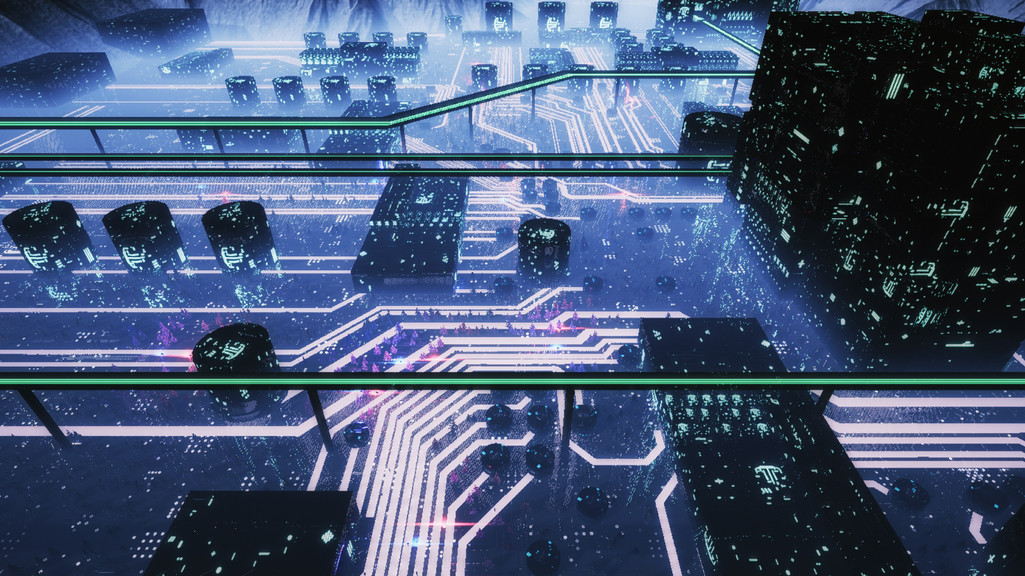
Deep Urbanism
IDEAS Technology Studio
2020
In the world of surveillance capitalism designed to collect and monetize data, digital representations of ourselves and our environments are harvested by CCTV cameras, drones, internet bots, social media platforms and their allies for social, economic and political manipulation and control. Since the modes of operation for these platforms and how they monetize our actions are opaque, how do we create useful and engaging methods to understand the impact of our digital behaviors? Data is inherently invisible, ubiquitous, complex and intangible. It has no scale, no materiality and no perceivable properties through our senses. Its impact can only be measured through its subjectivity and influence in the social sphere. Through instrumentalizing architecture, the objective of the Deep Urbanism studio is to demystify the inner-workings of the algorithms that hold increasing influence over our decisions, emotions, and sense of self by turning them into media that are comprehensible through our spatial perception. By subverting their innate purpose and objectifying them, the studio aims to hack such computational systems of surveillance and control in order to exploit them for their creative potential for architectural production.
Based on this premise, the title for the studio, Deep Urbanism, is a double entendre, one referring to the utilization of deep learning algorithms for their generative potential for creating novel architectural and urban form, the other referencing a contemporary mode of “deep state” where the data of individuals are constantly collected, archived, manipulated and weaponized. Computer vision systems coupled with machine learning allow for these emergent systems of control to be deployed. We used the current form of computer vision systems and the databases they create as our arsenal to understand how machines see our world, and critically utilize deep learning to decipher how they interpret what they see.
Related Faculty |
Benjamin Ennemoser, Güvenç Özel |
Related topics |
Technology, Mixed Reality |
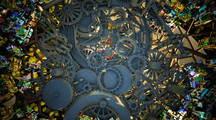
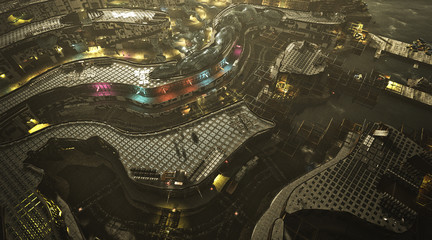

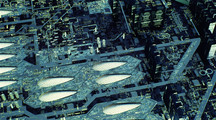

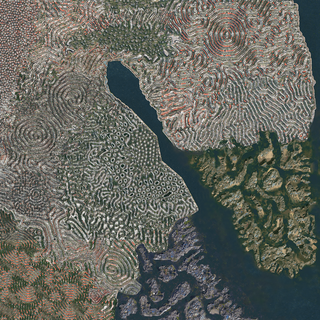
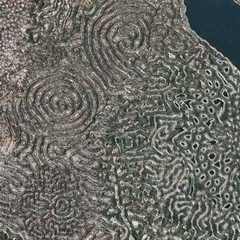


- Studio Introduction by Guvenc Ozel: Deep Urbanism
- Battery City by Ali Hakami, Dipinti Kapoor, and Zhishan Liu
- Ali Hakami, Dipinti Kapoor, and Zhishan Liu
- E-Waste City by Weonwoo Choi, Onur Koyun, and Zhi Zhou
- Weonwoo Choi, Onur Koyun, and Zhi Zhou
- Weonwoo Choi, Onur Koyun, and Zhi Zhou
- Echo Chamber City by Sangmi Lee, Kaushil Shah, and Irem Uygur
- Data Center City by Huilin Liu, Wei Xie, and Xiaoman Zhang
- Huilin Liu, Xie Wei, and Xiaoman Zhang
- Xuanhong Liu, Yiyin Wu, and Siyuan Xu
- Gourmet City by Xuanhong Liu, Yiyin Wu, and Siyuan Xu
- Onur Koyun, Won Choi, Zhi Zhou
- Onur Koyun, Won Choi, Zhi Zhou
- Wei Xie, Huilin Liu, Xiaoman Zhang
- Onur Koyun, Won Choi, Zhi Zhou
- Xiaoman Zhang and Xuanhong Liu
- Wei Xie and Zhi Zhou
- Ali Hakami and Dipinti Kapoor
- Onur Koyun and Irem Uyger
- Sangmi Lee, Kaushil Shah and Siyuan Xu
- Zhishan Liu and Yiyin Wu